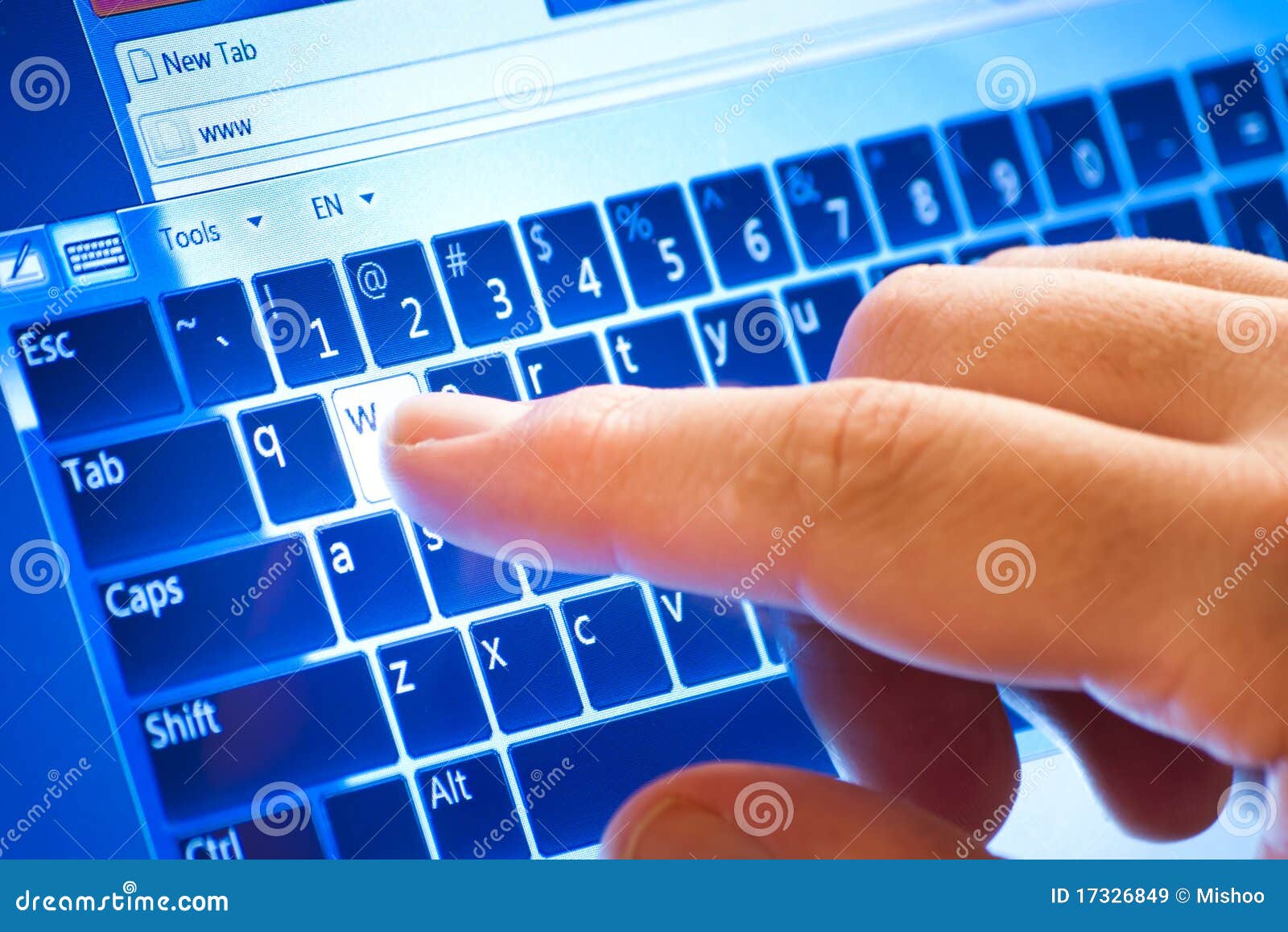

They will almost always produce better written work when typing on a computer keyboard. Those children with dysgraphia can find it painful to hold a pencil which makes it a struggle to compose hand-written work. Learning to type and using the keyboard effectively could help in scenarios such as this.įor example, typing can help children with ADHD who might otherwise produce messy written work due to a lack of focused attention when writing by hand. Whilst not reflection of a child’s intelligence, a learning difficulty will often hold a child back in the classroom if they feel anxious, embarrassed, and frustrated. Learning to type can also help children with specific learning difficulties such as ADHD, dysgraphia, and dyslexia, where the will often struggle to write by hand. Typing helps kids with specific learning difficulties If it is a skill you lack, you are very much limiting your chances in the jobs marketplace.”Ĭhildren who learn to touch type will undoubtedly have an advantage in their adult life when it comes to career progression and possibilities.
#TOUCH TYPIST PROFESSIONAL#
“Typing is an incredibly important skill both in a personal and professional context. Professor John Sutherland of University College London said in response to the study:

More than half of those studied could not achieve 50 wpm. In 2014, a study by Microsoft found that 43% of bosses think that typing efficiently is a crucial work skill, but more than four in ten British employees could only use one or two fingers to type.

With advances in technology, the rise of robotics, and an ever-changing job’s market, the ability to touch type is going to become even more important for future careers.Įven today, given the prevalence that computers have in the modern workplace, a typing speed of 50 words a minute is generally seen as the bare minimum employees should be able to achieve in order to be viewed as efficient. Typing give kids an advantage in their future careerįor many years now, jobs that require keyboard and typing skills have not simply been limited to administrative roles. If they learn at a young age, then they will reap the benefits as they progress through the education system. By learning to touch type, children could shave hundreds of hours off the time they spend producing their work. In secondary education and beyond, the majority of assignments and essays are expected to be typed. If your child can produce computer written work and tasks at more than twice the speed of a non-touch type trained child, it stands to reason that it could help them to get ahead.
#TOUCH TYPIST PLUS#
Typing gives kids an advantage in educationĪnd naturally, having that increased speed can lead to advantages for children in school, plus throughout their academic life up until they leave college or university. With this improved level of focus and engagement, it can help the child to improve their written English skills and also their spelling. This results in the child being a lot more focused and conscious of what they are typing, as they will want to write the words out correctly. Touch typing engages various cognitive aspects of a child’s brain as it’s a very demanding motor activity. Typing can improve English language skills Just think how much more efficient and focused that will make them. Trained touch typists can produce up to 80 words a minute (wpm), compared to a non-touch typist where it could be as low as 10 wpm. Whether they are working on a school assignment or with a home project, they will be able to focus purely on the getting their ideas out on to the screen, rather than wasting energy and time trying to find that elusive letter on the keyboard. Continue reading to find out some things you might not have known about the benefits to typing efficiently.Ĭhildren who learn to touch type can work far quicker as they won’t have to look down at their fingers as they look for the correct characters to press. We’ve put a list together detailing why touch typing is an essential skill that all children should learn. In fact, there are many reasons that children should learn to touch type. There are also physical and health considerations, as learning to touch type correctly can help improve posture, reduce time spent at the keyboard, and reduce the risks of RSI. Many jobs now require quick typing skills, but with advances in technology that’s set to become even more important.

It can not only help them with their school work but can also set them up with an advantage in later life when it comes to exploring job opportunities. But that really shouldn’t be the case, as learning to touch type is one of the most valuable skills that a child can learn. When we think of essential life skills for our children, touch typing isn’t something that is often discussed.


 0 kommentar(er)
0 kommentar(er)
